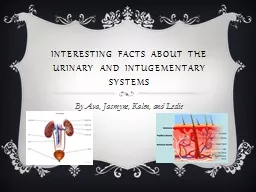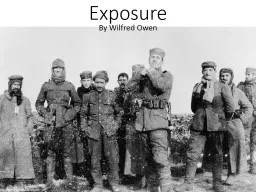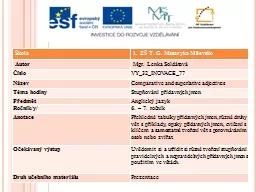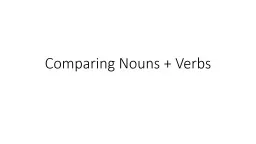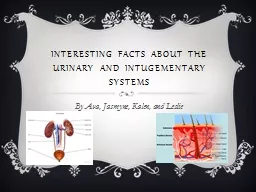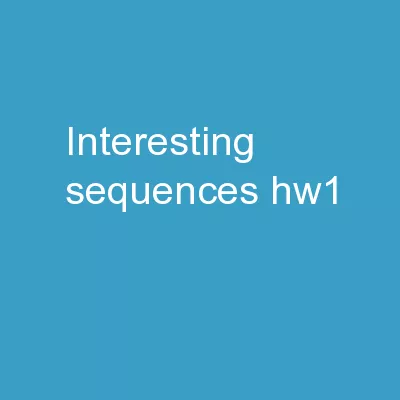PPT-Interesting case conference
Author : jane-oiler | Published Date : 2020-04-04
Xuan Wang 12102015 Case scenario HPI 62yearold man with a history of HTN HLD and diabetes admitted for acute cerebrovascular accident in the right MCA territory
Presentation Embed Code
Download Presentation
Download Presentation The PPT/PDF document " Interesting case conference" is the property of its rightful owner. Permission is granted to download and print the materials on this website for personal, non-commercial use only, and to display it on your personal computer provided you do not modify the materials and that you retain all copyright notices contained in the materials. By downloading content from our website, you accept the terms of this agreement.
Interesting case conference: Transcript
Download Rules Of Document
" Interesting case conference"The content belongs to its owner. You may download and print it for personal use, without modification, and keep all copyright notices. By downloading, you agree to these terms.
Related Documents





